- Home
- Residential
- Blog
- #PlasticFreeJuly – These unexpected items are shockingly not plastic-free!
[Post Date]
#PlasticFreeJuly – These unexpected items are shockingly not plastic-free!
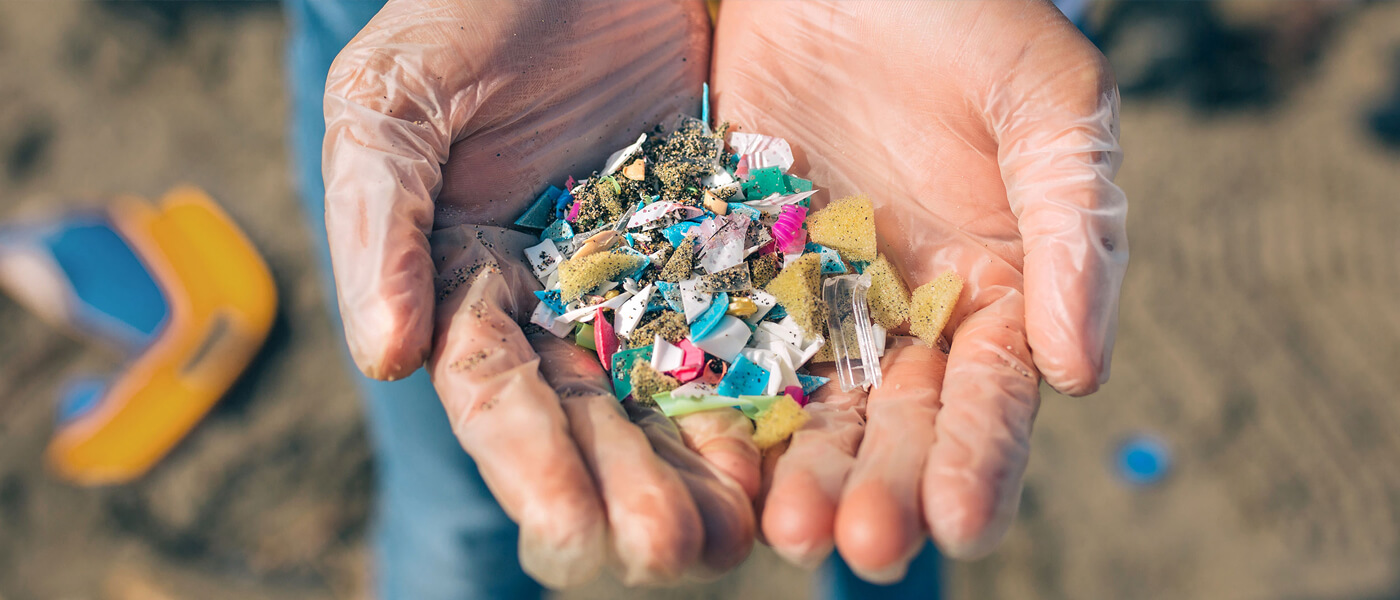
What would the first thing that comes to your mind when we mention the word “plastic”? No doubt that the usual items like food packaging, such as bags for our vegetables and groceries at the supermarket, single-use cutleries for our takeaway orders and as disposable items like shower gels and shampoo bottles would most definitely make the list.
While you may be aware that many items we commonly see and use contain plastic, you’ll probably be surprised that some of your everyday items which you have never thought of, contain plastic as well! It is undeniable that this material has a big part in our society and makes our lives convenient, but at what cost? We have rounded up a list of items and a few alternatives you might want to consider:
1. Receipts
Every time we buy our weekly groceries from the supermarket or when we shop at the mall, we are not just walking away with the plastic packaging or the bag your item comes in. Unbeknownst to many, receipts are like straws. They contain Bisphenol A (BPA), a chemical used in the production of plastics and resins. Studies have shown that long-term exposure to these substances can in fact, cause negative health impacts to humans. BPA also makes receipts non-recyclable nor compostable thus, posing a threat to the environment.
Receipts are one of the unexpected sources of BPA exposure that is often easily overlooked. So, the next time you shop, you may want to consider refusing receipts or opting for digital copies as a more sustainable choice!
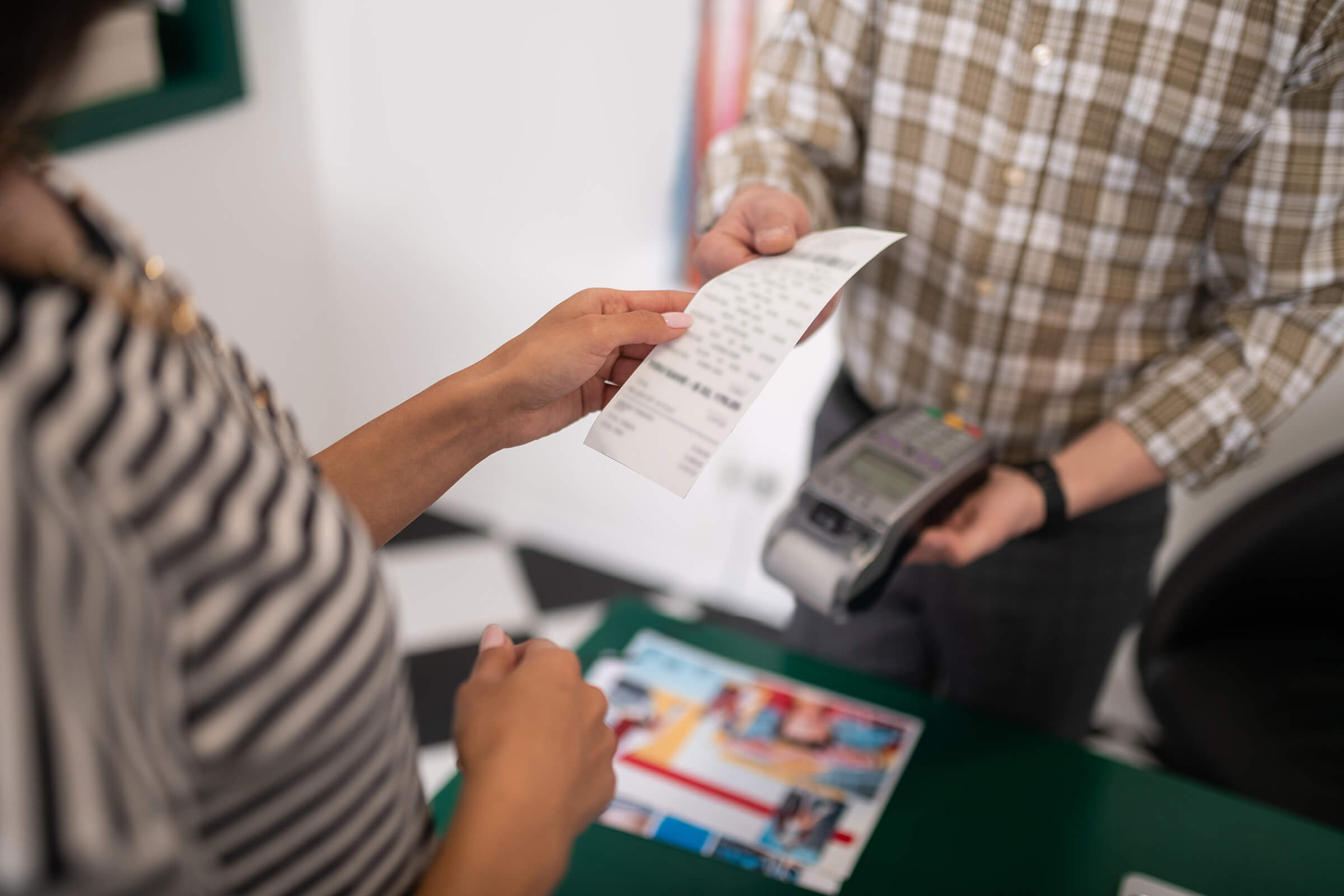
2. Clothing
Donning on your favourite dress or shirt for a special occasion, but have you ever considered that you might be dressed in your favourite pieces… of plastic? Many clothing items are made of textiles that have microplastics in them, such as polyester and acrylic. When we wash our clothes, some of these microplastics enter the water stream and can cause pollution. Instead, buying clothes that are made of natural fibres instead of synthetic materials can help reduce the impact significantly.
As replacing our entire wardrobe is unrealistic, here are some steps to lessen its harmful effects:
- Set the washing machine on cold water as heat damages the fabric, which could result in microplastics being released
- Wash when the laundry load is full to lessen the friction between the clothes; this way, fibres are less likely to break off
- Where possible, wash less by re-wearing clothes, which could probably be worn a few more times like denims and khakis
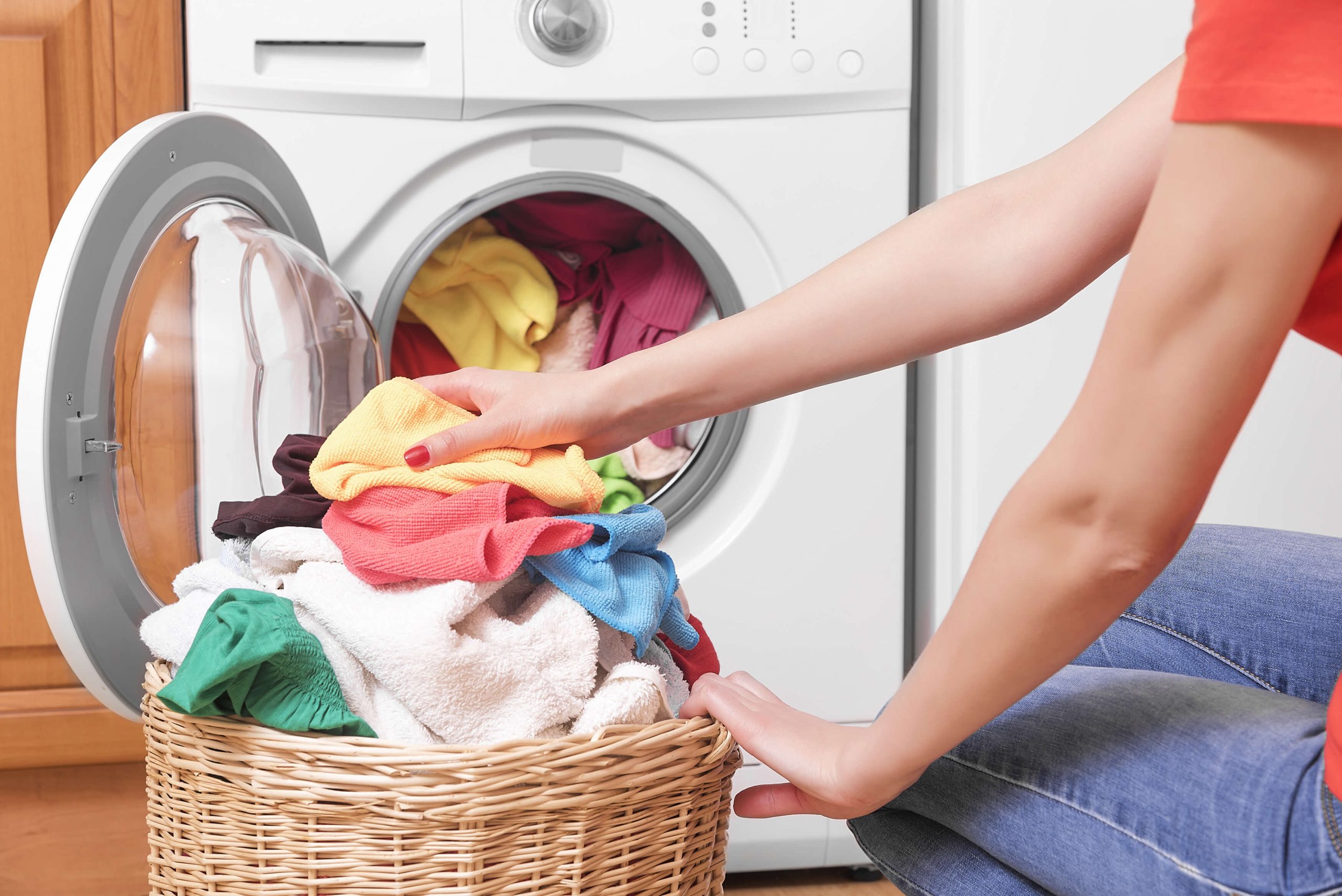
3. Glitter
During birthdays and festive seasons, glitter is everywhere: on packaging, in products and even on greeting cards. What seems to be a harmless decoration, may not be the case though. Glitter is made from a combination of aluminium and plastic, and are in very tiny, individual pieces. When we wash glitter off our hands, chances are they end up in our water bodies. With their size, it becomes much harder to remove them from water than plastic bottles or single-used utensils.
Once in the water bodies, glitter could be accidentally consumed by marine life like whales, seabird, and fish. For birds, especially, the plastic could be collected in their stomachs, causing them to eventually die of starvation.
Glitters are not essential. The next time we decorate our gifts or show our appreciation, perhaps we can skip those shiny non-essentials, and opt for a simple piece of twine and some cleverly reused wrapping paper!
4. Tea Bags
In order to increase the durability of tea bags in hot water, manufacturers don’t just use paper but also a significant amount of plastic. The plastic gets broken down in the beverage and we end up either consuming it unknowingly or pouring it down the drain once we are done with our cup of tea! For a healthier alternative, we can always choose loose-leaf teas, which are also generally better for the environment. You may find that they taste better and more aromatic as well!
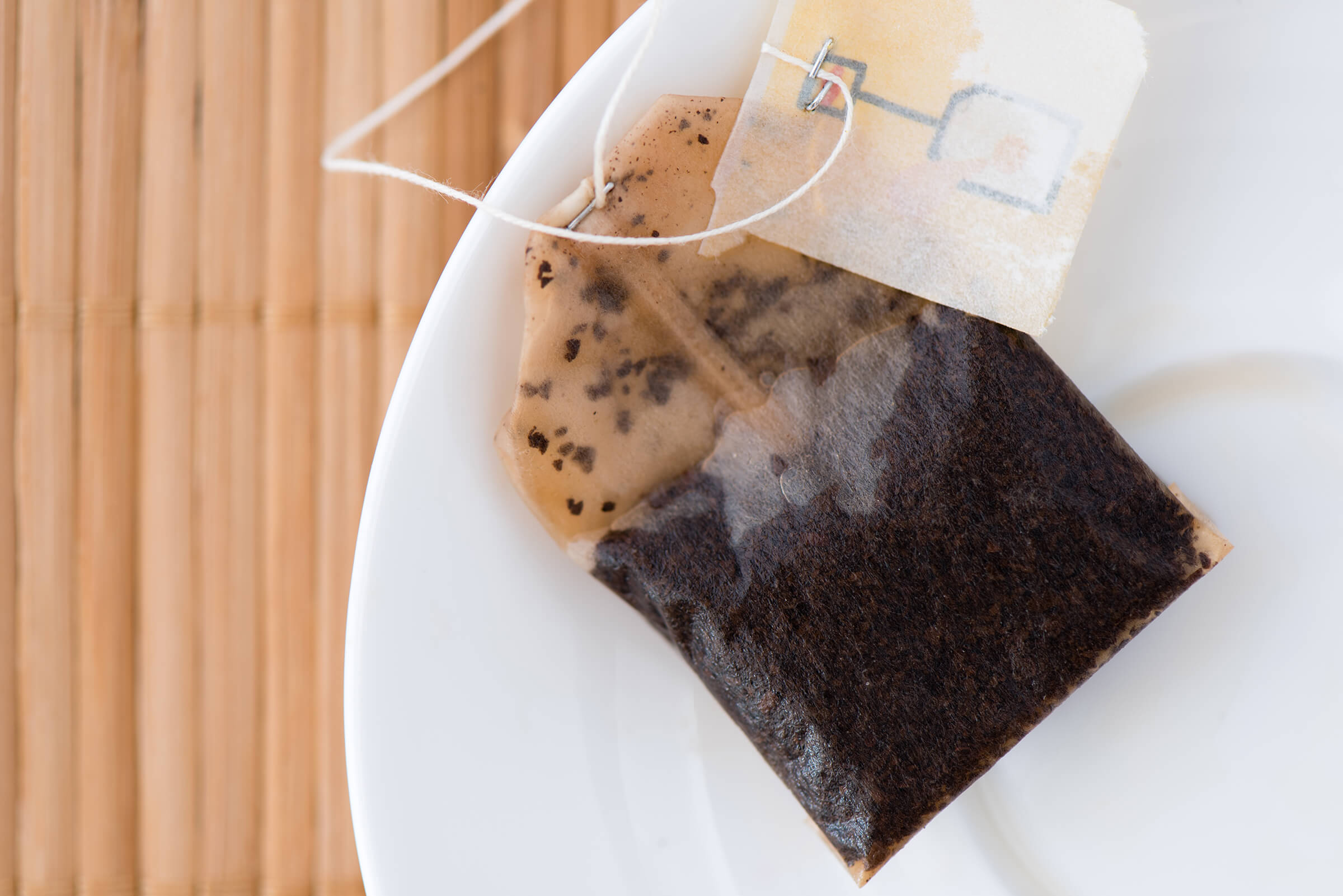
Simply fill a tea ball strainer with your tea leaves and use them as you would a regular tea bag. When you are done with the tea, you can discard the tea leaves and wash out your strainer. Most strainers are made of stainless steel, making it easy to clean and reusable for long periods of time. Once you are more familiar with tea preparation, you can also have fun exploring teapots and other tea ware.
5. Skincare
After a long day at work, some of us like to wind down with a good book and a relaxing candle, while some of us find joy in engaging in a skincare routine. But did you know that some of your skincare products could contain plastic?
They can come in the form of microbeads, which are commonly used to scrub off dead skin cells. Apart from causing harmful effects on your health, microbeads can also enter the water stream and pollute the environment.
There is a wide variety of cosmetic products out there that are now guaranteed free of microbeads, and we can take this into consideration the next time we grab a cleanser off the shelves.
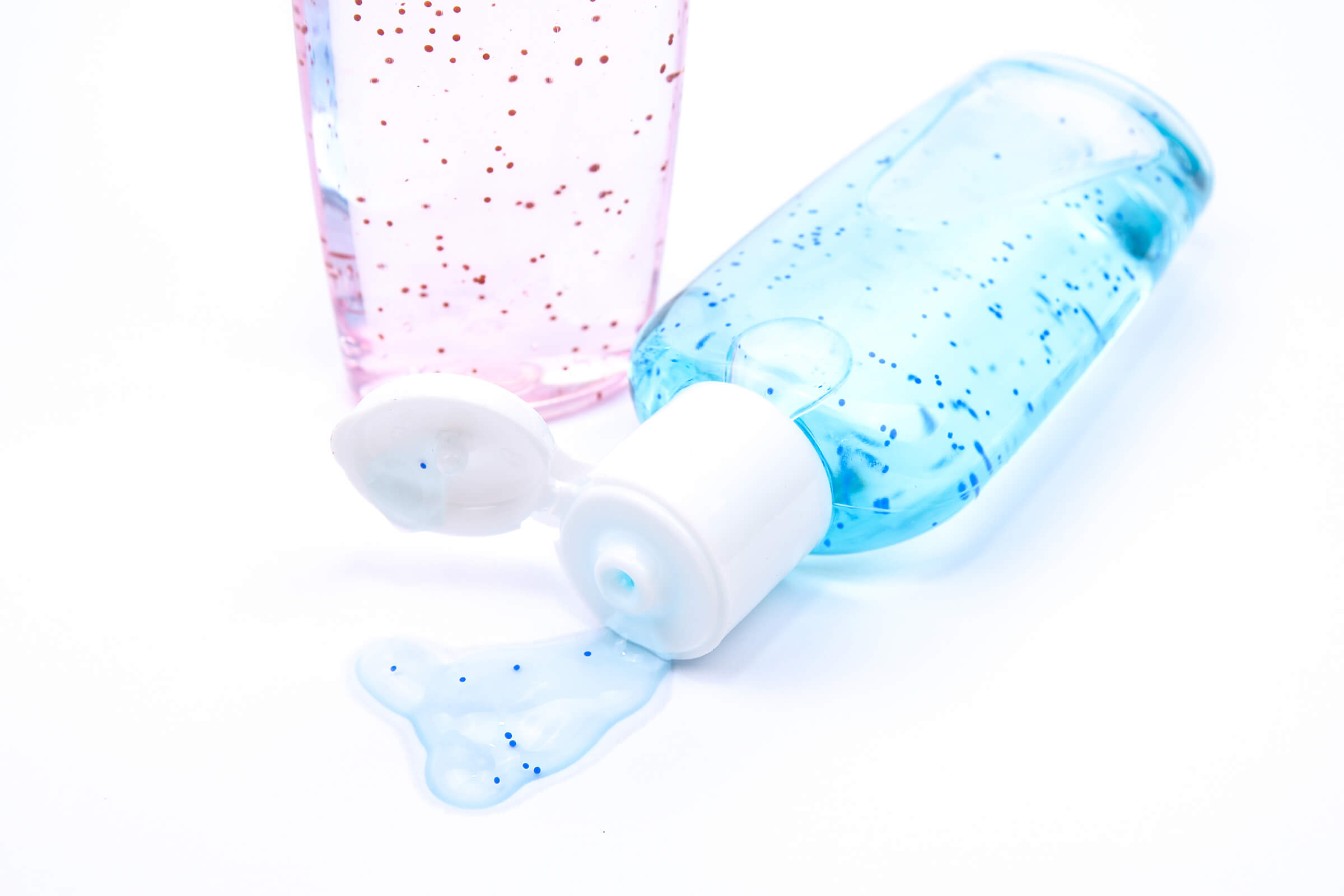
It’s not too late to embark on your eco-friendly journey so to help you get started, we are hosting a giveaway from now till 31 July 2021 on our Facebook and Instagram! Share with us your plastic-free tips and stand a chance to walk away with an exclusive Geneco Green Starter Kit consisting of Sprout plantable pencil, foldable umbrella that is 100% recyclable, collapsible water bottle, reusable straw and grocery net bag, plus $50 shopping vouchers!
As we do our part this #PlasticFreeJuly, we can consider slowly reducing and eventually replacing these unexpected items that contain plastic from our lifestyle with greener options. Through living by conscious choices, we are not just improving our own health but our planet’s welfare as well. After all, every little act counts to #PowerTheChange.
Image Credits: Nylon Coffee Roasters
Source: The Sustainability Project
References:
- 1 (2019) Climate Healers, Animal Agriculture is the Leading Cause of Climate Change – A Position Paper https://climatehealers.org/the-science/animal-agriculture-position-paper/
